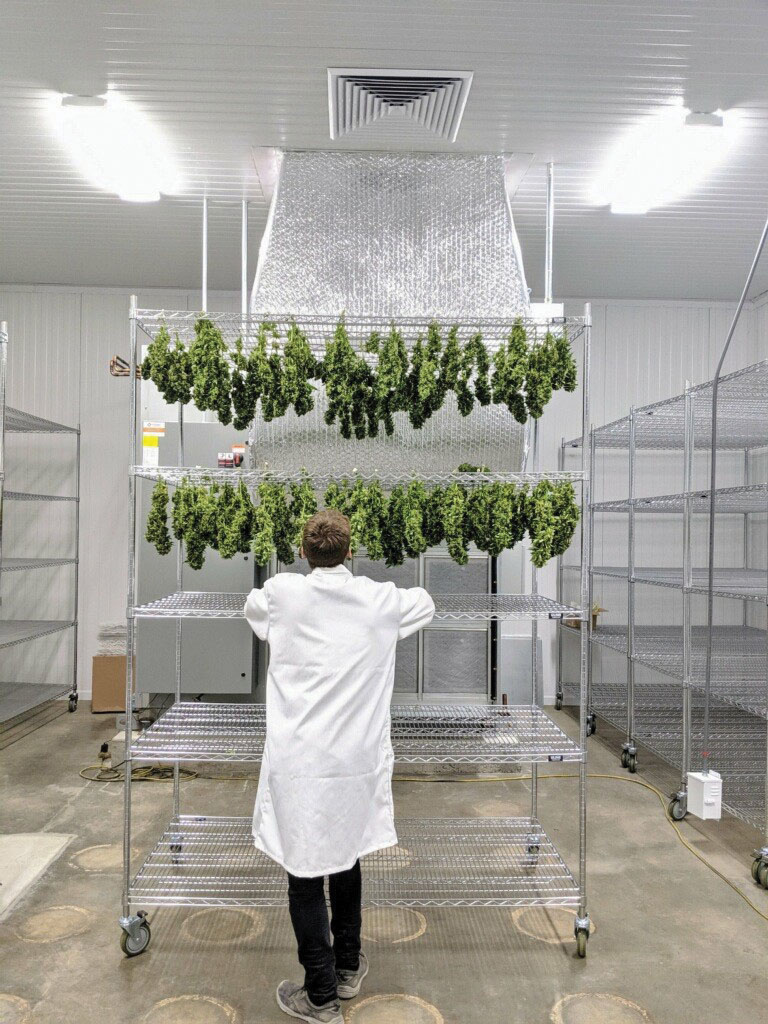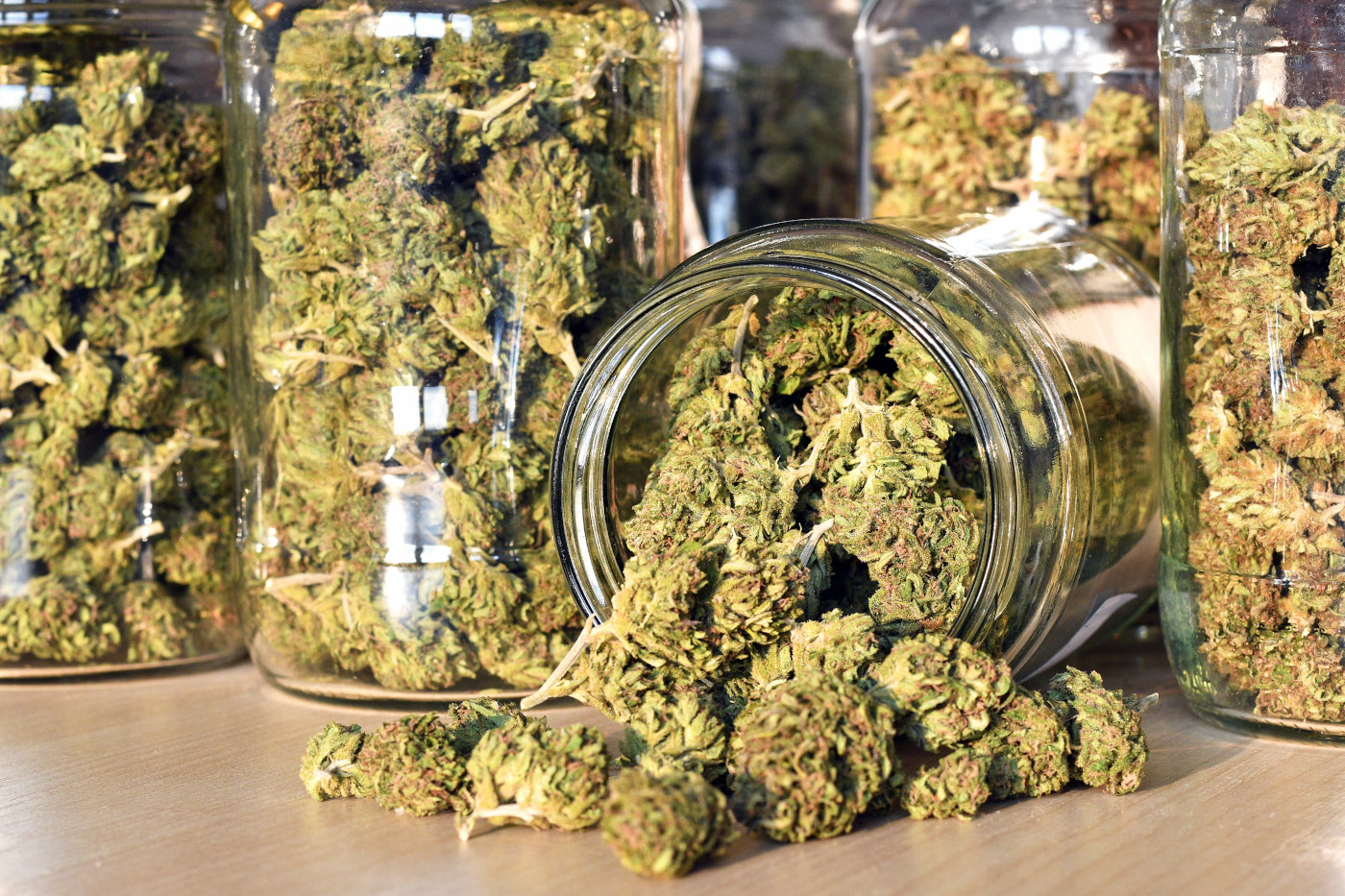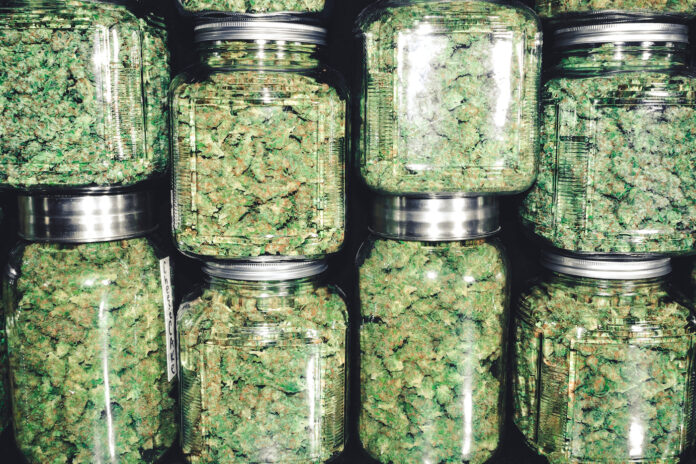One of the biggest issues with today’s cannabis is misplaced focus. While many consumers believe higher THC content makes for a better and more enjoyable flower, the key to success lies in properly preserved terpenes, and cannabis curing plays an essential role in delivering the goods.
If done properly, dried and cured cannabis is more aromatic, flavorful, and capable of delivering the nuanced effects desired by the most discerning consumers. In fact, an unofficial examination of the most recent Emerald Cup winners showed that the judges overwhelmingly selected products with a higher terpene content according to Alec Dixon, co-founder and director of client relations at SC Labs, which regularly handles product testing for the event.
“If you look at the average cannabinoid content of the top 20 winners, it has nothing to do with the selection. But if you look at terpene content, you can always see it’s at least 1-2 standard deviations higher in the winners,” said Dixon.
While many consumers still demand the highest level of THC available, connoisseurs seeking a top-shelf product know that terpenes are king.

Harvest Under the Right Conditions
Most farmers and cultivators are well-versed in old wives’ tales and how often they prove to be true, and cannabis is no different. Timing plays a huge role in the preservation of your plant’s terpenes, cannabinoids, and overall health.
“All these old myths around the perfect time to harvest have a brilliance about them, because terpenes are volatile and will deteriorate quickly if you don’t think about it,” said Dixon.
If you’re harvesting your outdoor cannabis buds in the middle of the afternoon during peak heat hours, the terpenes are going to activate and begin deteriorating, leaving you with about 15 to 20 percent less than what you could have harvested.
Because of this, paying attention to timing and opting for hours that provide you with the best results is essential — especially as you lead up to your week of curing.

Methods for Drying Cannabis Properly
The cannabis drying process can usually take anywhere from 2 to 7 days, depending on your cultivation method, plant type, and other environmental factors such as the humidity, temperature, and exposure to direct sunlight.
The first step to drying buds is trimming, and cultivators will either opt for dry trimming or wet trimming: a.k.a., drying and then trimming versus trimming and then drying.
If you decide to dry trim, you’ll begin by hanging your plants upside down in your drying room with enough space to prevent them from getting flattened or misshapen as they dry. Remember, drying time will take anywhere from 2-7 days, and the process cannot be rushed.
For those who prefer a wet trim, trim the excess plant material and hang what’s remaining on a drying rack, making sure to fan the leaves out and check regularly to see whether the buds are fully dry. Once the stems snap upon bending, you’re typically ready to begin the curing process that will continue even after the product is packaged for retail.

How to Cure Cannabis
Equal parts science and art, curing your buds under the proper temperature and humidity is one of the most overlooked aspects of the cultivation process, but it makes all the difference in the final product when properly executed. For many craft cultivators, understanding the art of curing cannabis flower is a significant area of differentiation in terms of flavors and aromas. If you’re trying to figure out how to cure cannabis better, we’ve outlined some best practices and products to ensure the curing process runs smoothly.
How a cannabis plant is cured will greatly affect the quality and flavor of the smoke and the preservation of terpene content, which significantly impacts the quality and effects. Properly cured cannabis will also allow for long-term storage, which is ideal for today’s lengthy supply chain. Properly cured flower should be able to last for up to two years without a significant loss in potency or flavor if stored in the proper environment for longevity.
Optimal cannabis curation will take place in a closely controlled environment. Cool, dark spaces are ideal, as exposure to too much light can result in rapid terpene deterioration at this stage. For a successful curation process, growers should make sure they have the following tools on hand:
-
- Mason or larger curing jars
- A Hygrometer to measure your plants’ humidity levels and temperature
Once you’ve obtained the above, it’s quite straightforward from there. You’ll simply pack the buds loosely in the airtight containers, allowing enough space so the flower doesn’t get crushed or compacted.
From there, seal the containers and store them in a cool, dry area. In just one or two days, you should begin noticing your buds grow softer, as the moisture from the bud’s core rehydrates the rest of the nug.
Once the humidity levels reach around 55-65 percent, your bud is ready to begin “burping.” This is achieved by opening the containers once or twice a day for one minute at a time, allowing the moisture to release in exchange for fresh air.
How Long to Cure Cannabis
Repeat the above for about two to four weeks — depending on the strain you’re working with and desired results — finally storing your cured cannabis in a cool, dry place for future (and ideal) consumption.
The quality of your airtight containers will make a huge difference in the quality of your cured cannabis, so here are a few recommended go-tos to add to your list:
Mason Jars
When it comes to storing weed, few things are more versatile and effective than the quintessential mason jar. The airtight seal and wide mouth allow for easy and long-term storage, and these jars are widely available throughout the nation to use with and without humidity packs.
The biggest knock against mason jars is their size. While they’re great for many smaller or craft operations, larger commercial operators may find themselves overwhelmed by the number of jars they’ll need to transport, store, and clean on a regular basis.
Anchor Hocking 2.5 Gallon Montana Glass Jar
For growers curing a large amount of cannabis at a time, the Anchor Hocking 2.5 gallon Montana Glass Jar proves to be a reliable option. The large-size-low-price combination is ideal for large batches, and the extra-wide mouth makes it easy to handle and clean.
The only downside here is the tightness of the lid’s seal and the exposure to light. These jars won’t seal as tightly as a classic mason jar, so for long-term storage beyond a few months, you’ll want to switch your flower out to avoid deterioration.
The same goes for light: exposure to UV light can have a negative impact on THC and terpene content, and these see-through jars will be susceptible to light damage if they aren’t properly stored in a cool, dark, and dry space.
EVault Stainless Steel Container
One of the leading options for larger curing batches that can really protect your plants from UV light is a stainless steel container like the ones produced under the name CVault.
They’re a bit pricier than the average mason jar, but worth it for their airtight protection and solid light-proof construction for many cultivators. These containers are recommended for growers who are willing to pay more upfront for a longer-lasting solution, or anyone dealing with lighting issues where a mason jar won’t’ be as effective.
Five-Gallon Bucket with Gamma Seal Lid
Legacy cultivator and managing director of the Ganjier cannabis sommelier program, Derek Gilman has an innovative autocuring bucket solution to consider. In his >automated cannabis curing system video, Gilman utilizes a food-grade (bpa-free) 5-gallon bucket with a gamma seal lid, motorized air pump, digital timer, tubing, clamps, and some other small parts to build an automated curing system.
Gilman recommends drying for 12 days at 62 percent humidity — 5 days on the branch before trimming — then drying for an additional week before placing buds into the curing buckets. Buckets will need burping for a minimum of 3 to 5 weeks to achieve the best results for flavor, aroma, and effects. Once the curing process is complete, the buckets can be cleaned and used for long-term storage.













[…] and vitrines filled with products, resembling the windows of an airplane, line one wall. The small terpene room feels like an airline lounge, and slow washes of color behind the cashier counter suggest a […]